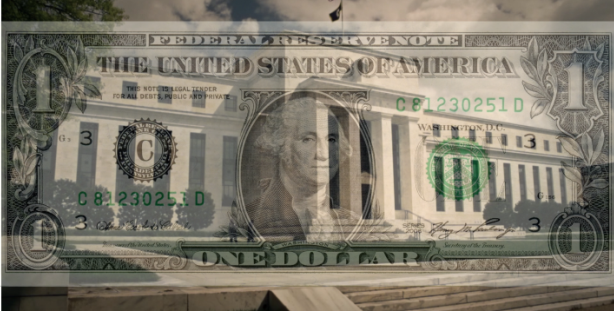The U.S. dollar gained on Wednesday as stocks dipped, boosting demand for safe haven currencies, and before the Federal Reserve is due to release the minutes from its September meeting.
Stocks weakened a day after Wall Street’s strongest rally in seven months as investors were disappointed with IBM’s results and cautious ahead of the Fed minutes.
“The market once again is in a nervous mode, which is supporting safe haven currencies like the dollar,” said Joe Manimbo, senior market analyst at Western Union Business Solutions in Washington.
The dollar index .DXY gained 0.32 percent to 95.355, but held in the relatively tight range it has traded in for the past week.
“The dollar is trapped in a sideways range and we need more confirmation on the data front to push it higher from these levels,” said Bernd Berg, a global macro and foreign exchange strategist at Woodman Asset Management in Switzerland.
Investors are focused on the Fed’s meeting minutes for further clues over how many further rate increases are likely.
“If they signal full speed ahead for a December rate hike and further increases next year, that could certainly keep the dollar biased higher,” said Manimbo.
Interest rate futures are pricing in a 77 percent likelihood that the U.S. central bank rates in December for the fourth time this year, according to the CME Group’s FedWatch Tool. Two more increases are likely next year.
Some market analysts warned against buying into the dollar’s strength, however, saying that financial conditions appeared to be tightening globally.
Cross-currency basis swaps in euros, yen and sterling – money market gauges of offshore dollar liquidity – have widened in recent weeks, suggesting that the Fed’s rate hikes have cut into the availability of overseas dollars.
“Risk caution is warranted … the replacement of Fed liquidity has come at the expense of tightening liquidity conditions outside the U.S.,” Morgan Stanley strategists said.
The British pound was the biggest loser against the dollar, after consumer price data for September came in at an annual rate of 2.4 percent versus forecasts of 2.6 percent.














